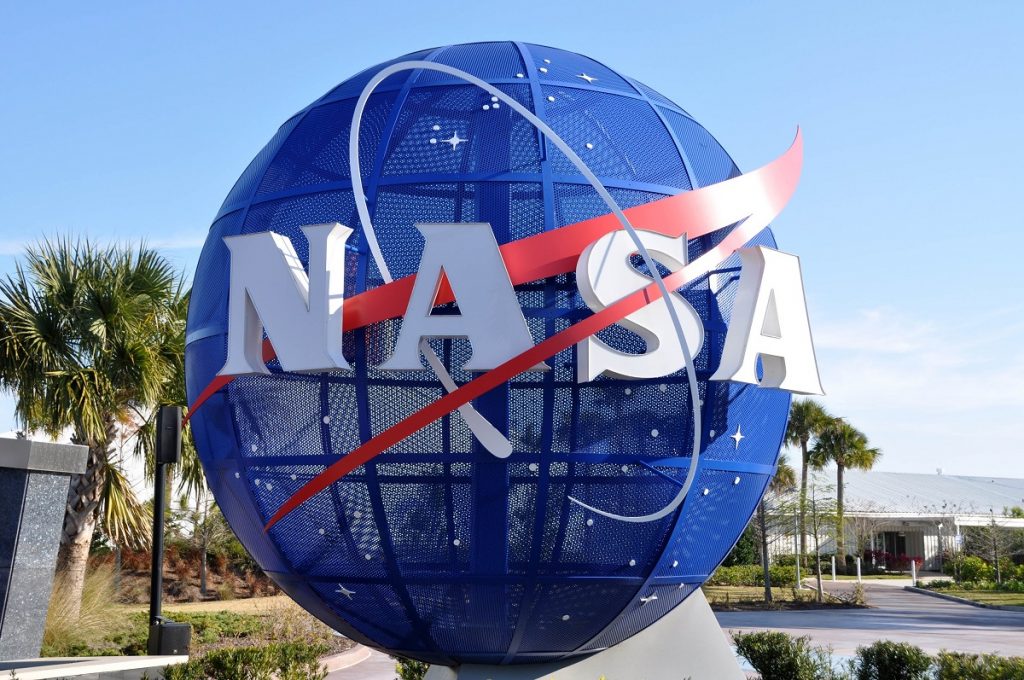
The results of the NASA Twins Study have been published in the journal Science, nearly three years after the experiments for the study were completed. The goal of the study was to determine what changes the human body experiences in space, down to the molecular level. NASA will now be sifting through the results to better plan the next round of missions to the International Space Station.
The NASA Twins study was a unique opportunity for the space agency. Astronaut Scott Kelly performed numerous experiments on himself during 340 days aboard the International Space Station. Back on Earth, his twin brother, former astronaut Mark Kelly, performed the same experiments on his own body. Mark retired from NASA in 2011 and is currently running for John McCain’s Senate seat in Arizona.
According to the results of the study, Scott’s body experienced a vast number of changes while in space. When he returned to Earth on March 1, 2016, his body showed signs of intense stress and his immune system was in overdrive. His microbiome had grown some new species of bacteria and a portion of his DNA had mutated. Thousands of genes that were inactive became active. None of these changes were reflected in his twin brother back on Earth.
While Scott’s body mostly returned to the way it was before this last spaceflight, some aspects of his biology remained altered for up to six months after he came back to Earth. For example, 8.7 percent of his genes were still behaving in an abnormal way and his scores on cognitive exams were lower. NASA will continue to review the information and will use what is learned in the planning of future space missions.
